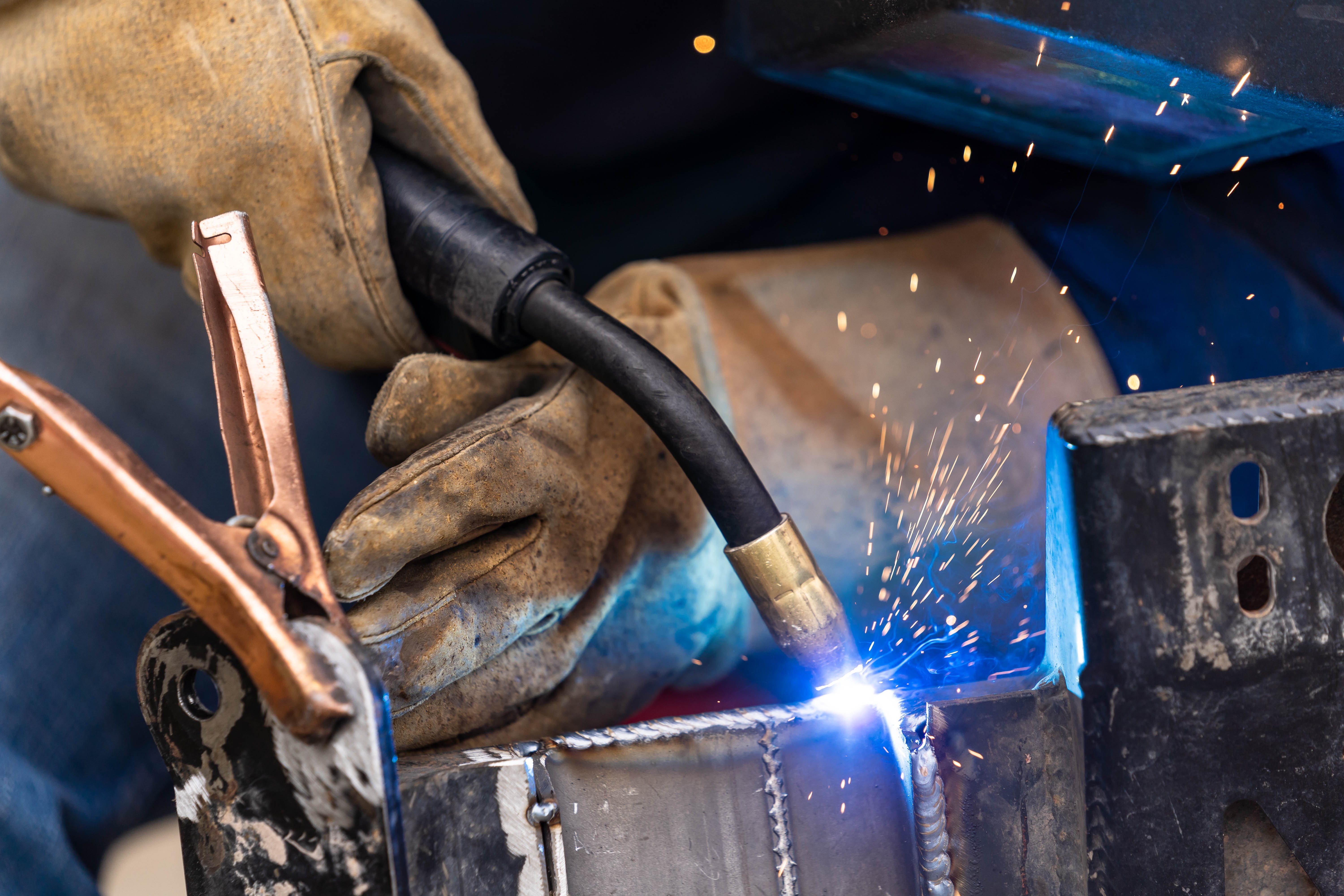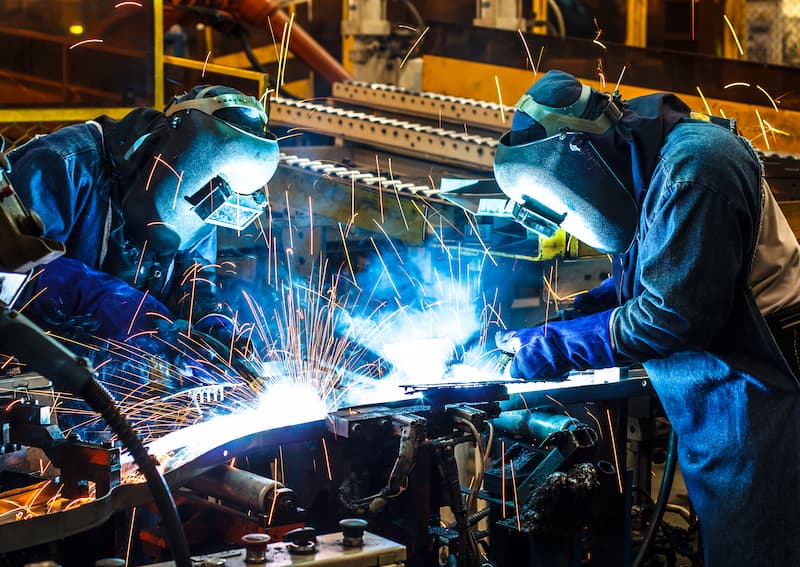Exactly how to Develop a Reliable Welding WPS: Tips and Best Practices
Exactly how to Develop a Reliable Welding WPS: Tips and Best Practices
Blog Article
The Ultimate Guide to Welding WPS Procedures: A Thorough Review for Welders
In the elaborate globe of welding, Welding Treatment Specs (WPS) function as the foundation of guaranteeing top quality, consistency, and safety in welding operations. Comprehending the subtleties of creating, executing, and checking WPS procedures is necessary for welders wanting to raise their craft and fulfill industry criteria. As we look into the numerous parts of a WPS and explore the ins and outs of qualification and accreditation, we will uncover the important function these treatments play in the world of welding. Allow's embark on a journey to unravel the complexities and importance of WPS procedures in welding methods.
Value of WPS Procedures
Recognizing the value of Welding Procedure Requirements (WPS) procedures is important for ensuring the high quality and stability of bonded frameworks. WPS treatments work as a roadmap for welders, outlining the essential actions, criteria, and products required to attain an audio weld. By sticking to WPS guidelines, welders can guarantee uniformity in their job, bring about structurally audio and trustworthy welds.
One of the main factors why WPS treatments are crucial is their function in preserving weld quality and honesty. Following the specified welding criteria and techniques described in the WPS aids protect against flaws such as porosity, fracturing, or insufficient combination, which can endanger the strength and resilience of the weld.

Parts of a WPS
A Welding Procedure Spec (WPS) commonly consists of vital elements that information the certain needs for implementing a weld, making sure consistency and top quality in the welding procedure. The key components of a WPS consist of essential variables such as base steels, filler metals, interpass and preheat temperature levels, welding procedures, shielding gases, welding placements, and post-weld warm treatment needs.
Base steels describe the products being joined, while filler metals are made use of to load the space in between the base steels throughout welding. Preheat and interpass temperatures are crucial for controlling the warmth input and preventing problems like cracking or distortion. The welding process describes the specific method to be made use of, whether it's gas metal arc welding (GMAW), secured metal arc welding (SMAW), or an additional method. Protecting gases shield the weld pool from climatic contamination. Welding positions define the alignments in which welding can be carried out. Post-weld heat therapy might be necessary to ease tensions and improve the weld's buildings. An extensive understanding of these parts is essential for developing a effective and extensive WPS.

Certification and Accreditation
Having established the vital elements of a Welding Procedure Requirements (WPS), the focus currently changes in the direction of the critical facets of credentials and qualification in welding practices.

Qualification, on the various other hand, is the official acknowledgment of a welder's qualifications by a relevant certification body or company. Welding accreditations are usually based upon the particular welding procedures, materials, and placements a welder is certified to deal with. Holding a valid welding accreditation demonstrates that a welder satisfies industry criteria and is qualified to execute welding tasks to the called for specs.
Developing a WPS
To develop a Welding Treatment Requirements (WPS) that fulfills market requirements, mindful factor to consider of welding processes, products, and functional criteria is important. The very first step in creating a WPS is to determine the welding procedure to be utilized, such as gas steel arc welding (GMAW) or secured metal arc welding (SMAW)

Executing and Keeping An Eye On WPS
Upon wrapping up the comprehensive Welding Treatment Spec (WPS) that diligently information welding processes, materials, functional specifications, and quality control measures, the focus shifts to effectively executing and checking the established procedures. Implementation includes guaranteeing that all welders associated with Clicking Here the job are familiar with the WPS and follow it meticulously throughout the welding process. This requires providing ample training and supervision to assure adherence to the defined treatments. Monitoring the WPS entails continual oversight to validate that welding tasks line up with the documented specifications. Evaluations, screening, and quality assurance procedures are crucial elements of the monitoring procedure to determine any kind of discrepancies or problems immediately. Routine audits and reviews of the welding procedures assist in keeping uniformity and top quality throughout the task. Reliable implementation and surveillance of the WPS are essential for making sure the stability, strength, and security of the welded joints, eventually adding to the total success of the welding project.
Conclusion
In conclusion, understanding and following Welding Treatment Specifications (WPS) is vital for welders to make certain high quality, consistency, and security in their job. By understanding the components of a WPS, acquiring correct credentials look at here now and certifications, producing detailed procedures, and executing and monitoring them effectively, welders can boost their abilities and efficiency in welding practices. Sticking to WPS treatments is necessary for generating high-grade welds and conference market criteria.
In the intricate globe of welding, Welding Treatment Specifications (WPS) serve as the foundation of ensuring high quality, consistency, and security in welding operations. The welding procedure details the specific technique to be utilized, whether it's gas steel arc welding (GMAW), secured steel arc welding (SMAW), or one more technique.To create a Welding Treatment Spec (WPS) that fulfills market standards, mindful factor to consider of welding processes, products, and operational parameters is crucial. The very first action have a peek at this site in creating a WPS is to determine the welding procedure to be made use of, such as gas steel arc welding (GMAW) or shielded metal arc welding (SMAW)Upon wrapping up the thorough Welding Procedure Requirements (WPS) that carefully details welding processes, materials, functional parameters, and top quality guarantee procedures, the focus changes to properly executing and keeping track of the well established procedures.
Report this page